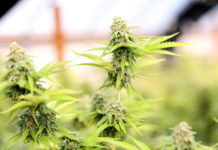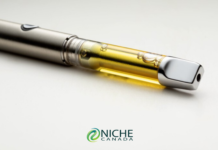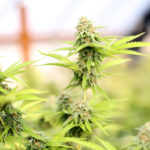According to a large-scale study of American high school students, legalizing medicinal marijuana has actually led to a drop in cannabis use among teenagers.
The study, published on Feb. 14 in the American Journal of Drug and Alcohol Abuse used the results of an anonymous survey given to more than 800,000 high school students across 45 states to calculate the number of teens who smoke cannabis.
It found that the number of teenage cannabis smokers was 1.1% less in states that had enacted medical marijuana laws (MML) compared to those that hadn’t, even when accounting for other important variables such as tobacco and alcohol policies, economic trends, youth characteristics and state demographics.
“We found that for every group of 100 adolescents, one fewer will be a current user of marijuana following the enactment of medical marijuana laws,” said Dr. Rebekah Levine Coley, a professor of psychology at Boston College, who led the study.
“When we looked at particular subgroups of adolescents, this reduction became even more pronounced. For example 3.9% less Black and 2.7% less Hispanic youths now use marijuana in states with MML,” Coley added.
As the survey was administered over a period of 16 years, the researchers were able to compare the changes in teenager’s marijuana use in states that adopted MML with those that hadn’t, allowing them to more precisely pinpoint the effects of the legislation.
The study also found that the longer the laws had been in place, the greater the reduction in teen marijuana use.
According to a release, “the results shine a light on an important debate taking place in America about the relative benefits and risks of decriminalizing marijuana.”
“Some people have argued that decriminalizing or legalizing medical marijuana could increase cannabis use amongst young people, either by making it easier for them to access, or by making it seem less harmful.” said Coley.
“However, we saw the opposite effect.”
The study found that unlike medical marijuana laws, decriminalizing recreational marijuana had no noticeable effect on adolescents’ cannabis use, except for a small decline in marijuana smoking among 14-year olds and people from Hispanic backgrounds, and an increase in use among white adolescents. Neither policies had any effect on frequent or heavy users of marijuana, suggesting that these students are not easily influenced by state laws.



















